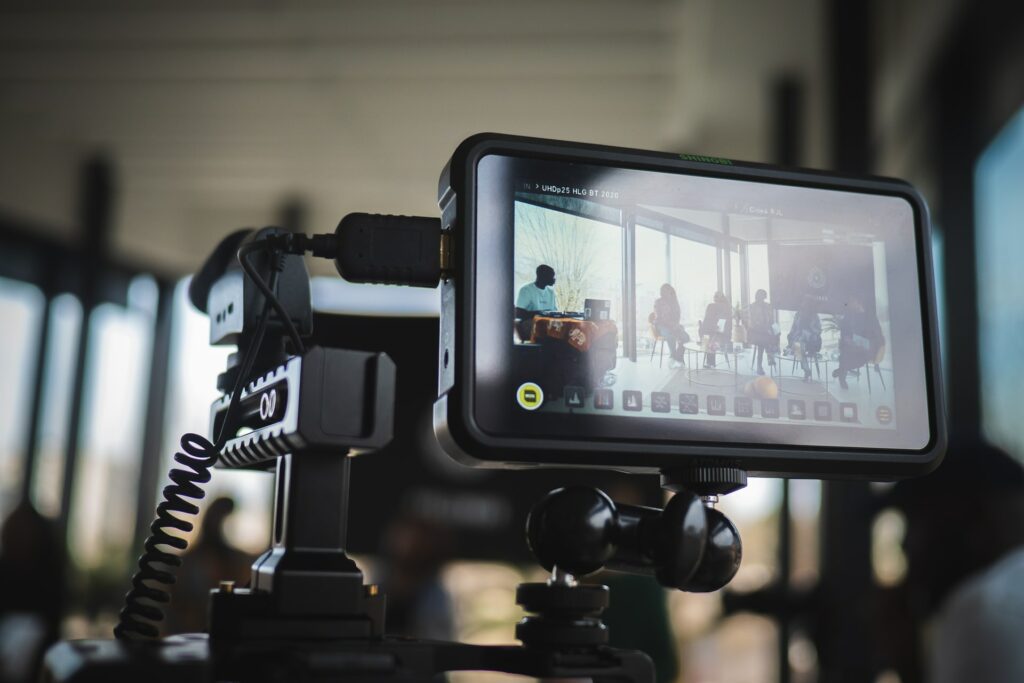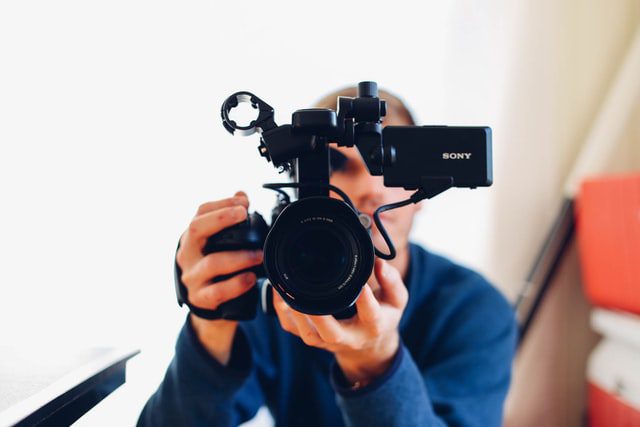Unlike any other skill, professional-looking videos do not induce a significant amount of cost. Did we announce the subject way too early? Well, if that’s the case, here we go. Videography and the final cut that comes out of the production software have to be seamless and professional. This simply implies that your editing and production tools and techniques need to be spot on. And, when it is about being spot on, one cannot compromise on these. To become a good videographer, you need to pay attention to some valuable assets.

For instance, you’re producing a vlog wherein many cuts and sequences are required. When it comes to vlogging, viewers like witty cuts and timeless actions. If that’s the case, you have arrived at the correct section. And, once you have absorbed each factor or tool on the market, it might be time for you to step up and go for cinematography or film-making. So, let’s go through some of the pointers and understand what exactly you should be looking for while producing seamless and professional-looking videos.
1. Gather Your Equipment
Fortunately, we live in an age where HQ digital cameras are affordable for recreational and personal use. You can either practice videography with gadgets you already own or buy a new one. However, consider doing it on Android or Apple Smartphones as long as you know these points.
- Use the rear camera for quality footage
- Consider shooting in horizontal mode (landscape)
- Turn on the grid for videos. This feature allows you to keep the subject in a designated space instead of flying freely.
2. Plan Your Shoot
Are you planning to shoot a commercial, short film, or music video? Guess what? You’ll end up with more freedom to plan everything from top to bottom. To produce and shoot like a professional, create a storyboard with illustrations of your sequences. This will allow you to pre-visualize your outline and final footage. Meanwhile, if you are covering events, you’ll need to be ready on all fronts. For wedding videography, a professional must learn about all crucial moments.
This does not end here. Capturing moments of a bride, groom, and their respective families should be on top of your list.
3. Have Good Lighting

One of the many raw ingredients of achieving high-quality videos is to utilize lighting. This is an integral factor that determines the standard of storytelling. Suppose you’re capturing an individual who’s lost in thoughts, penning their thoughts. What would you cover? Let’s say we have two options – a lit room with an actor sitting with their hand on the forehead compared to a shot that comprises an actor sitting in the dark with a warm light scratching through their face. Not only does the shot show the actor finding it hard to pen but also the emotion that allows a viewer to visualize.
4. Improve Your Composition
A professional or seasoned videographer could spot the mistakes from the videos produced by a beginner in the first few seconds, even if high-end equipment was used. This is because of a beginner’s lack of proper composition and framing. Remember the rule of thirds. It is where a videographer needs to place their subject’s head slightly higher. Moreover, it is essential to have a background and foreground to develop depth within a specific scene.
5. Use Manual Focus
While the autofocus feature on the camera proves to be handy, it can ruin the experience of capturing in a dimly lit sequence where the lens fails to grab the object. Here, the key is to utilize the focus lock on smartphones or switch to manual settings. Remember, it can prove to be quintessential where storytelling is involved.
6. Set Your White Balance
Did you know that the real challenge is color correction and temperature? If one ‘s using more than a single camera to record sequences, it is very much possible for cameras to have multiple white balances. One can face such issues while using Sony and Nikon at the same time. As a result, set a standard white balance on all the cameras before recording a sequence.
7. Apply Cinematic Techniques

Presenting specific scenes depend on a videographer’s representation and creativity skills. Do not forget the essence with which the entire story is being told. Experts suggest that an artist does not commit to overdoing things while implementing cinematic techniques.
8. Avoid Shaky Shots & Time Your Shots
Whether you’re doing a crane shot, panning, or dollying from multiple sides, you would not want your shots to appear shaky. Place your camera on a sturdy tripod and only move it even if it’s necessary. Meanwhile, time your shots well. Keep a single shot between 5-10 seconds. But, ensure a single shot does not exceed these many seconds. Do not pan or zoom before that. This allows you to keep the sequence simple while producing the video.
Featured Image Credits: Pixabay







